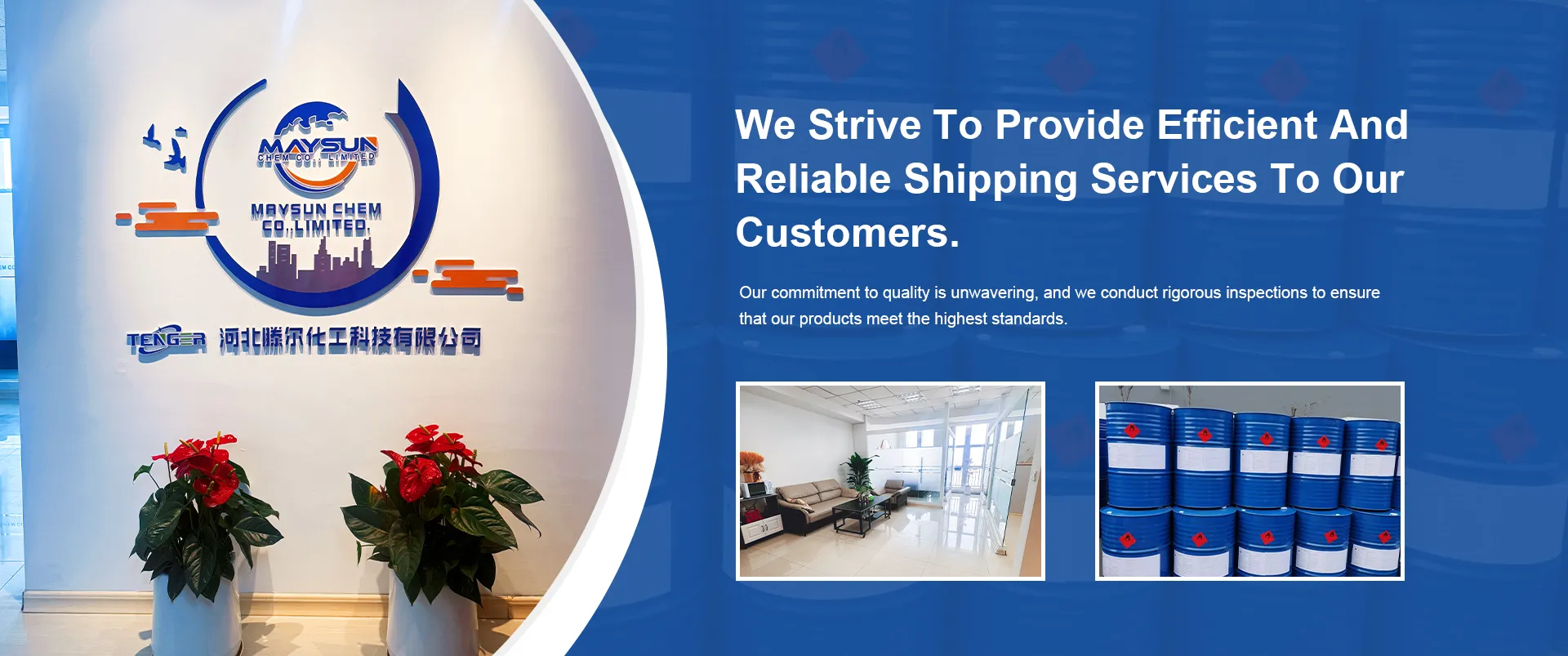
Exploring the Benefits of Greensand as an Organic Fertilizer for Healthy Soil
The Benefits and Uses of Greensand Fertilizer
Greensand fertilizer, a natural soil amendment, has been gaining popularity among gardeners and farmers alike for its impressive benefits and ease of use. Derived from the mineral glauconite, greensand is rich in various essential nutrients, making it a valuable addition to any soil management program. This article will explore the composition, benefits, and application of greensand fertilizer, providing a comprehensive understanding of why it should be considered in modern agriculture and gardening practices.
Composition of Greensand
Greensand is primarily composed of glauconite, a green-colored mineral found in marine sedimentary deposits. This unique mineral is prized for its high potassium content, which is essential for plant growth. Besides potassium, greensand also contains other vital nutrients such as iron, magnesium, calcium, and silica. Additionally, it is rich in trace minerals and beneficial microorganisms, which play a crucial role in soil health. These components work synergistically to promote healthy plant growth and improve soil structure.
Benefits of Greensand Fertilizer
1. Nutrient Supply The high potassium content in greensand supports vital plant processes such as photosynthesis, nutrient uptake, and drought resistance. It also helps improve the quality of fruits and vegetables, leading to better yields.
2. Soil Improvement Greensand aids in improving soil structure and quality. Its ability to retain moisture is particularly beneficial in sandy soils, where water retention is a challenge. By enhancing soil tilth, greensand helps promote root growth, making it easier for plants to access nutrients.
3. pH Neutrality Unlike some synthetic fertilizers that can acidify soil and disrupt its natural balance, greensand is relatively pH neutral. This characteristic makes it suitable for a variety of soils without the risk of causing harm.
4. Microbial Activity The organic matter present in greensand encourages the growth of beneficial soil microorganisms. These microbes are essential for breaking down organic matter, aiding nutrient cycling, and improving overall soil health.
5. Environmental Sustainability Being a natural mineral, greensand is an environmentally friendly option compared to synthetic fertilizers. It reduces the risk of chemical runoff and soil toxicity, promoting sustainable agricultural practices.
greensand fertilizer

6. Slow Release of Nutrients One notable feature of greensand is its slow-release action. This means that nutrients are gradually available to plants over time, reducing the risk of nutrient leaching and making it easier to maintain a balanced soil nutrient profile.
Application of Greensand Fertilizer
Using greensand is relatively straightforward. It can be applied to garden beds, potted plants, or agricultural fields. Here are some guidelines for effective application
1. Soil Preparation Before applying greensand, it is advisable to conduct a soil test. This test will help determine the existing nutrient levels and pH, allowing for a more targeted approach to amendment.
2. Application Rate Generally, greensand can be applied at a rate of 50 to 100 pounds per 1,000 square feet of garden space, depending on soil conditions and specific crops. For container plants, 1 to 2 tablespoons per gallon of potting mix is usually sufficient.
3. Timing Greensand can be applied during soil preparation in the spring or fall, or as a top dressing throughout the growing season. It works well in conjunction with other organic amendments, such as compost or well-rotted manure.
4. Incorporation For best results, greensand should be incorporated into the soil. This can be achieved by tilling or mixing it into the top six to eight inches of soil to enhance its effectiveness.
Conclusion
Greensand fertilizer is an excellent option for anyone looking to improve soil health and promote plant growth in an environmentally friendly manner. Its rich mineral content, coupled with its ability to enhance soil structure and microbial activity, makes it a standout choice for both home gardeners and commercial farmers. As the agricultural landscape continues to evolve toward more sustainable practices, incorporating greensand into soil management strategies could be a significant step forward in cultivating healthy and productive ecosystems. Whether you are growing vegetables in your backyard or managing larger agricultural operations, greensand fertilizer is worth considering for its myriad benefits.
-
Understanding Synthetic Rubber OptionsNewsApr.27,2025
-
Trichloroisocyanuric Acid: Essential for Clean and Safe WaterNewsApr.27,2025
-
Sodium Dichloroisocyanurate: Key to Safe Water TreatmentNewsApr.27,2025
-
Sodium Acid Pyrophosphate: Essential in Modern Food ProcessingNewsApr.27,2025
-
Essential Water Treatment ChemicalsNewsApr.27,2025
-
Denatured Alcohol and Its Industrial UsesNewsApr.27,2025
-
The Versatile Uses of Sodium BicarbonateNewsApr.24,2025
Hebei Tenger Chemical Technology Co., Ltd. focuses on the chemical industry and is committed to the export service of chemical raw materials.
-

view more DiethanolisopropanolamineIn the ever-growing field of chemical solutions, diethanolisopropanolamine (DEIPA) stands out as a versatile and important compound. Due to its unique chemical structure and properties, DEIPA is of interest to various industries including construction, personal care, and agriculture. -

view more TriisopropanolamineTriisopropanolamine (TIPA) alkanol amine substance, is a kind of alcohol amine compound with amino and alcohol hydroxyl, and because of its molecules contains both amino and hydroxyl. -

view more Tetramethyl Thiuram DisulfideTetramethyl thiuram disulfide, also known as TMTD, is a white to light-yellow powder with a distinct sulfur-like odor. It is soluble in organic solvents such as benzene, acetone, and ethyl acetate, making it highly versatile for use in different formulations. TMTD is known for its excellent vulcanization acceleration properties, which makes it a key ingredient in the production of rubber products. Additionally, it acts as an effective fungicide and bactericide, making it valuable in agricultural applications. Its high purity and stability ensure consistent performance, making it a preferred choice for manufacturers across various industries.











